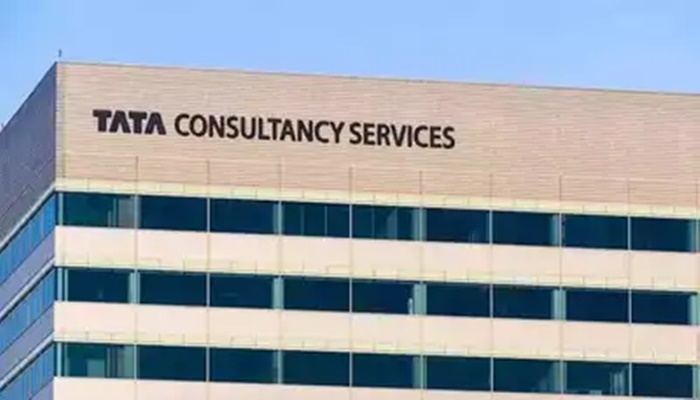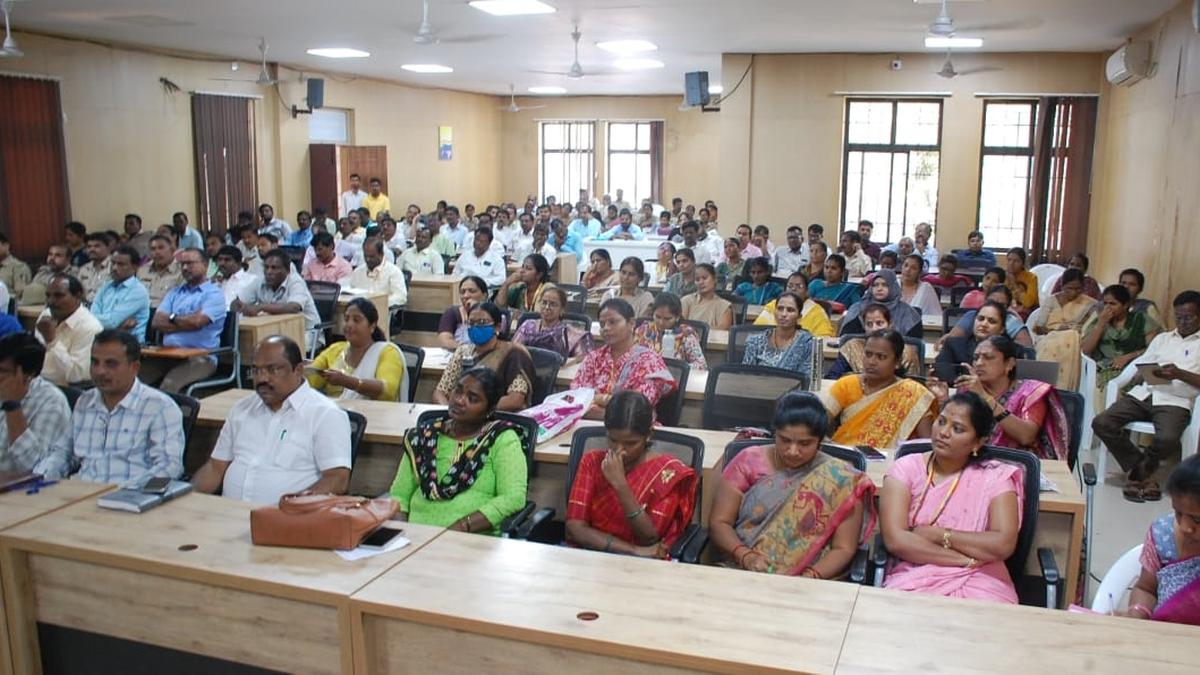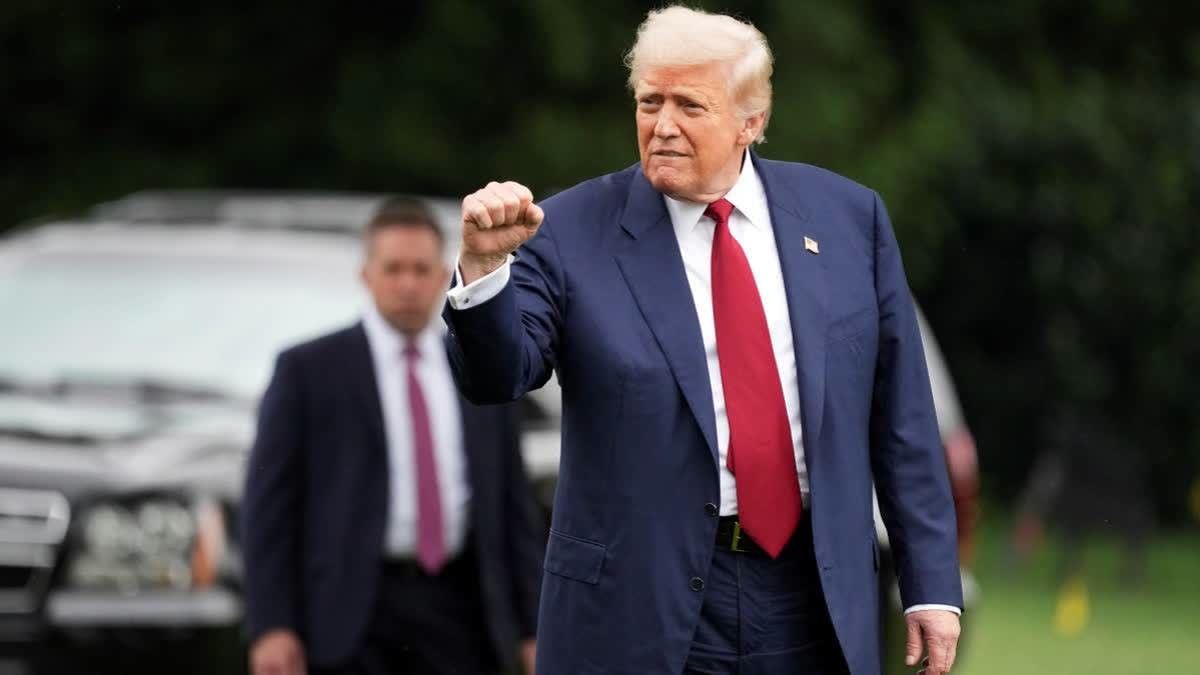Starting August 27, Indian exporters face a tough blow as the US slaps steep 50 percent tariffs on close to $60.2 billion worth of goods, covering two-thirds of India’s approximately 86.5 billion exports to America.
According to a report of the Global Trade Research Initiative (GTRI) labour-intensive industries like textiles, gems and seafood are bracing for up to a 70 percent collapse in shipments, threatening jobs and livelihoods.
The report also suggests that some relief remains, about $27.6 billion in exports, as medicines, APIs and electronics will stay duty-free, with pharma alone making up more than half of this exempt basket. But as India struggles, rivals like China, Vietnam and Mexico are already positioning themselves to grab its share in global markets.
According to the report tariffs are set to hit India’s export story hard, with shipments to America projected to shrink by 43 percent to approximately $49.6 billion in FY 2026, down from $86.5 billion. Still, the bigger global picture offers some cushion, India’s total exports of goods and services are expected to rise close to $839.9 billion, powered by a 10 percent surge in services exports which is likely to be approximately $421.9 billion. While GDP growth could slip from 6.5 percent to 5.6 percent under the strain, India’s healthy 20 percent export-to-GDP ratio and steady 5 percent growth in non US goods exports set to touch $368.5 billion may soften the blow.
Sectoral Impact
- Auto parts worth $3.4 billion slapped with 25% tariff; rest $3.2 billion auto exports face 50% duties
- Shrimp exports to US ($2.4 billion, 32% share) face 60% total tariff—Visakhapatnam farms at risk
- Diamonds & Jewellery ($10 billion, 40% US share) hit by 52.1% tariffs, threatening Surat & Mumbai jobs
- Textiles & Apparel ($10.8 billion, 35% share) to suffer 63.9% tariffs—Tiruppur, NCR, Bengaluru under pressure
- Carpets ($1.2 billion, 58.6% share) & Handicrafts ($1.6 billion) face collapse as Turkey and Vietnam gain US market
- Agrifood Exports ($6 billion) including basmati rice, spices, tea hit by 50% tariffs—Pakistan and Thailand to benefit
- Steel, Aluminium, Copper ($4.7 billion) & Organic Chemicals ($2.7 billion) face over 50% tariffs. MSMEs in crisis
- Machinery ($6.7 billion) & Vehicles ($2.6 billion) lose ground as US buyers shift to Mexico, EU and Asia suppliers
Suggestions
GTRI has suggested that the government adopt a multi pronged strategy to cushion the US tariff shock starting with tax reforms, easier business norms, and a Rs 15,000 crore interest equalisation scheme for MSMEs, along with stronger export incentives. It has urged market diversification through trade missions to the EU, Gulf and East Asia, while building India+1 hubs in the UAE, Mexico and Africa. The think tank also recommends pushing industry towards value added exports, backed by tech upgrades, targeted credit support and collaborative models like export consortia and joint ventures.
- Tax reforms, ease-of-business measures seen as key to offsetting US tariff shock
- India urged to launch Rs 15,000 crore interest equalisation scheme to shield MSME exporters
- Targeted Credit Lines, wage support proposed for shrimp, apparel, jewellery, carpet hubs
- Boost to RoDTEP, ROSCTL incentives needed to protect liquidity amid US tariff shock
- Government push for market diversification—EU, Gulf, East Asia trade missions critical
- “India+1” export hubs in UAE, Mexico and Africa key to bypassing 50% US tariffs
- Technology, quality upgradation funds for apparel, gems, agro-processing to drive competitiveness
- Regulatory simplification & raw material duty cuts recommended to lower export costs
- Industry must pivot to value-added exports—high-end fashion, sustainable seafood, premium jewellery
- MSMEs advised to form export consortia; large firms should seek JVs in FTA markets
Tariff Exempt Products
Report also talks that about 30.2 percent of India’s exports to the US, worth close to $27.6 billion, will remain duty free despite the new tariffs. Pharma dominates this basket, medicines and APIs together account for over half of all exempt shipments. Electronics follow at $8.2 billion, alongside refined fuels ($3.3 billion). Smaller but notable categories include books, plastics, ferroalloys, computing gear, precious metals, natural rubber and even niche items like coral and cuttlebone.
Products with Tariff at 25%
India’s auto component exports to the US totaled $6.6 billion in 2024. Of this, $3.4 billion—mainly parts for cars and small trucks—will be face a 25 percent tariff, while the rest will be hit by full 50 percent tariff.
Products with Tariff at 50%
Around 66 percent of India’s exports to US ($60.2 billion) will be subject to a 50 percent tariff, severely impacting their competitiveness and threatening market share. India’s most labour-intensive exports are staring at a severe hit as US tariffs surge, threatening millions of jobs across clusters from Tiruppur and Surat to Bhadohi and Visakhapatnam.
Shrimps, jewellery, textiles, carpets, handicrafts, leather, and farm products—worth billions—face duties of 50–64 percent, handing over India’s hard-won US market share to rivals like Vietnam, Mexico, Ecuador and Bangladesh.
Even sectors with relatively smaller US exposure, such as chemicals, metals, machinery and vehicles, risk sharp declines due to their role in global value chains. With processing hubs, farm-gate incomes and MSME clusters under strain India’s export map could shift dramatically unless quick policy and industry responses are mobilised.
Exporters’ concerns
The Federation of Indian Export Organisations (FIEO) expresses grave concern over the US tariff. FIEO President S C Ralhan during conversation with ETV Bharat describes the development as a setback and adds that it can severely impact India’s exports to the US with approximately 55 percent of India’s US-bound shipments (worth USD 47–48 billion) now exposed to pricing disadvantages of 30–35 percent, rendering them uncompetitive in comparison to its competitors from China, Vietnam, Cambodia, Philippines and other Southeast and South Asian countries.
Looking at the current emerging scenario, FIEO chief urges the need for immediate government support which includes push for interest subvention schemes and export credit support to sustain working capital and liquidity. To further support this, low cost of credit and easy availability of credit with emphasis on MSMEs with the support from banks and financial institutions with special direction in this regard both from the government and the Reserve Bank of India is needed.
Ralhan also urges for moratorium on payment of principal and interest for loans up to a period of one year. Additionally, automatic enhancement of the existing limit by 30 percent along with collateral free lending on Emergency Credit Line Guarantee Scheme (ECLGS) lines may also be pushed as these will help in addressing the stress of these companies without much burden on the exchequer.
FIEO appeals for swift, coordinated action among exporters, industry bodies and government agencies to protect livelihoods, reinforce global trade links and navigate this turbulent phase. The steps taken now will determine how effectively India withstands external shocks and reasserts its presence in the global export landscape, Rahlan added.




















